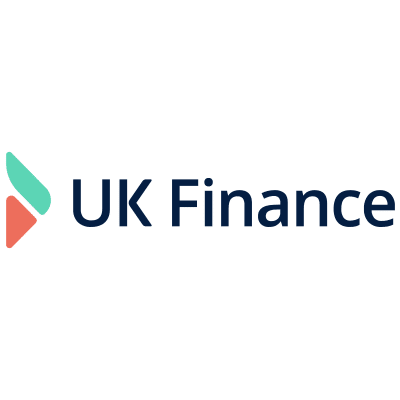What is the cost of invoice discounting?
While invoice discounting is a great alternative to other forms of business financing, many business owners in the UK worry about the costs involved. Let’s explore all there is to know about invoice discounting and the costs involved.

Understanding invoice discounting
Invoice discounting is a form of invoice finance which allows you to free up much-needed cash flow by getting cash against your outstanding invoices.
Unlike invoice factoring, another common form of invoice finance, discounting involves getting an advance against your sales ledger instead of selling it. This means you retain full responsibility for chasing up customer payments, guaranteeing that you maintain confidentiality and control over your collection processes and customer relationships by not outsourcing these tasks to a third party.
While other forms of financing may come with loss of equity and other conditions, the funds you free up through discounting can be used to meet your obligations, cover the day-to-day costs or scale your business – whatever you need.
You don’t require any high-value assets to secure a discounting facility, and the process tends to be easier than applying for a bank loan. To qualify for invoice discounting, you must also:
● Have B2B or commercial invoices offering payment terms of 30 days or more
● Have a net turnover of £250,000 or more
● Meet any other requirements stated by the discounting provider
How much does invoice discounting cost?
The cost of invoice discounting varies from business to business. Factors such as your invoice discounting provider and your unique discounting agreement will play a major role in how much your invoice discounting facility costs. Generally, however, you should anticipate the following costs:
Service fees
Service or management fees are charged to maintain your financing facility and cover the costs of administering your accounts. They’re normally paid on a monthly basis, and the full amount typically depends on:
● Your annual turnover
● The number of customers in your sales ledger
● The number of invoices that you typically issue
Invoice discounting fees are usually lower than fees associated with a service like invoice factoring because you remain responsible for chasing up outstanding invoices, meaning you don’t need to cover the cost of your finance provider’s credit control services. For most medium-sized businesses, service fees range from 0.2% – 0.5% of annual turnover and these may be subject to change every year.
Discounting fees
Aside from service fees, you’ll also need to pay discounting fees for every invoice that you finance. Discount fees are set at a certain percentage, typically between 1.5% to 3% of the total value of your invoices. However, your fees will depend on your provider and the terms of your facility.
Other costs
Depending on your discounting provider and the terms of your facility, you may be subject to other costs, such as early termination charges, or credit protection fees. Ultimately, it’s a good idea to compare service providers and make an informed decision about what’s best for your business. It’s the only way to ensure you’re getting the most cost-effective price possible.




